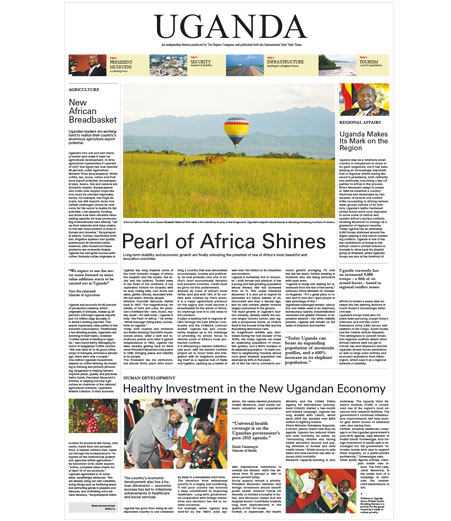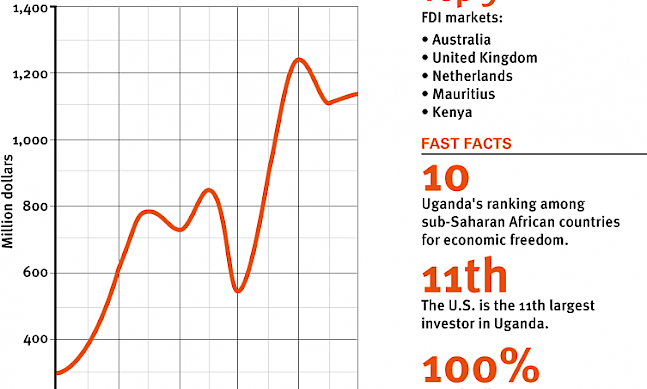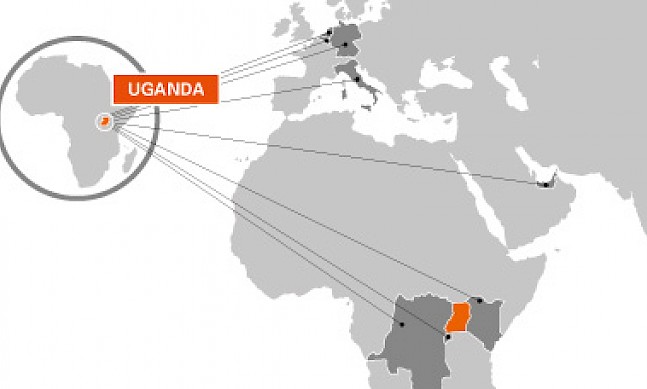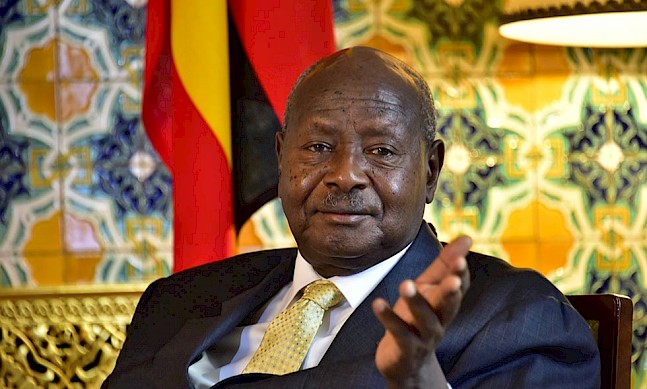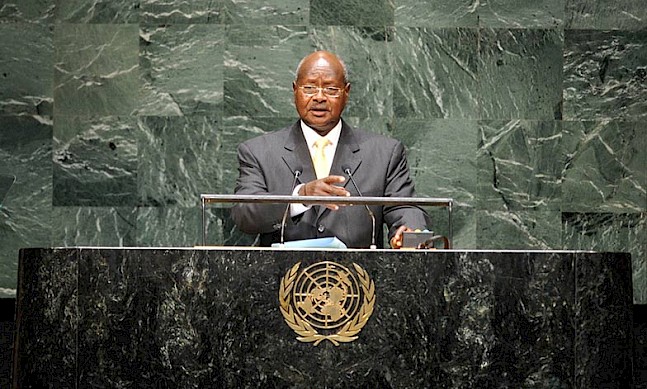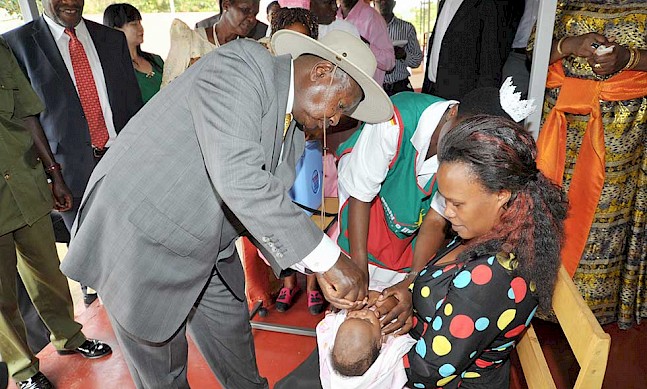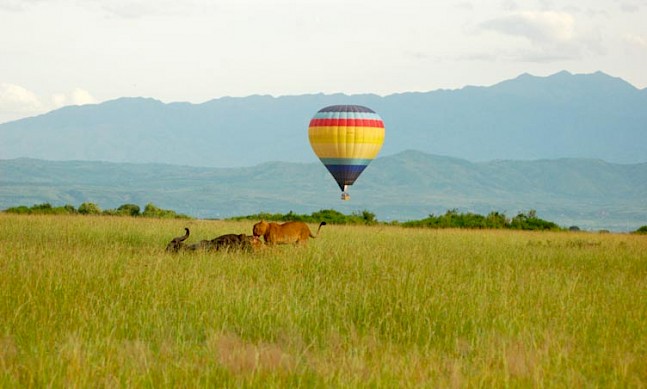Wholly owned by the Ugandan government, the Uganda Electricity Generation Company was created in 2001. Its main role is to generate power for the country, a role that has become increasingly important in light of the nation’s plans for boosting power-hungry industrial activity. Dr Harrison E Mutikanga, the company’s CEO, spoke to The Report Company about how UEGCL is supporting Uganda’s development plans.
The Report Company: What are UEGCL’s main activities?
Harrison E Mutikanga: Our mandate is to generate electricity. We are in charge of the government’s generation assets, which have been leased on a long-term concession agreement to Eskom Uganda Ltd. They are managing those assets on our behalf and those are the assets that are currently generating electricity. Our other mandate is we are the implementing agency for government in the new hydropower project of Karuma, which is 600MW and in Isimba, which is 183MW. There is another project, Ayago, which is still at the feasibility stage. This is going to generate 600-800MW.
TRC: What are your strategic objectives?
HM: In the next three years we have planned to grow our revenues by 50 percent. The idea is that within the coming three years the Isimba hydropower project will be completed so this will be one of our sources of revenue. If Karuma is also completed, this will be another source of revenue. We are also planning to establish a training center which will become a center of excellence for operation and maintenance in hydropower. Through this, we will be able to do capacity building in the region and that could also generate more revenues for us.
TRC: How important is training human capital to UEGCL?
HM: We will be doing capacity building for the independent power producers, because there are so many mushrooming within the country. I think there will be a gap in terms of getting staff for operational maintenance for all the plants that are coming up, and we can help to fill that.
TRC: Are you looking at alternative means of generating electricity?
HM: We are trying to diversify our energy mix because you can’t keep all your eggs in one basket. We currently rely on hydropower, and we had an experience in 2005-2006 when the lake levels went down. What that means is if you have all your hydro plants along the River Nile then you could have problems in production. We are trying to diversify to geothermal where there is great potential for about 400MW, then solar, where there could be potential of up to 200MW, so we are trying to explore other renewable energy sources.
The preliminary feasibility studies that have been done by the ministry on the geological survey department indicate a lot of potential geothermal sites within the Rift Valley. We have potential sites in the western part of the country where there are many hot springs, which is an indicator of geothermal activity.
TRC: To what extent are you focusing on clean energy?
HM: Government policy is to promote renewable energy as much as possible. By 2040 the biggest source of energy is predicted to be nuclear power. We have uranium, we have peat, so all this could be alternative sources of energy. With oil production, we could have cheap thermal, gas-fired plants. Hydro is the cheapest source of energy at the moment, and we have the resources, the technology and the know-how, so this is why we are putting all our efforts at the moment into hydro.
TRC: What are you doing to ensure electricity availability for future investors into the country?
HM: At the moment the total installed capacity is 850MW, while peak power demand is about 550MW so at the moment the capacity is more than the demand. We expect to see growth of about 10 percent per year, which means that in the next three with the projects we have underway, we will be able to cover this and keep some reserve capacity.
TRC: Do you anticipate opportunities for investors to participate in the sector’s growth?
HM: We are interested in public-private partnerships and we already have some private partners. It’s government policy to promote these kinds of partnerships and we are embracing that. We are open to investors from all around the world.
TRC: How would you appraise electricity infrastructure in the country and the greater region?
HM: As we expand, the Uganda Electricity Transmission Company and the distribution companies are also strengthening and expanding their networks. We are working in partnership with them. Meanwhile, through the East African Federation there are plans to connect the whole electricity grid between our countries. We are already connected to Kenya and to Rwanda.
TRC: What is your vision for the company and what do you want to achieve?
HM: My vision is to ensure that the company is financially very strong and able to attract investment, as well as to ensure that we complete the ongoing power generation projects successfully. I aim to ensure that we have energy security for the country in line with Vision 2040. Once we have reliable, affordable electricity, this will make Uganda very competitive within the region and enable us to attract investment and realize a successful economic transformation. We are an important stakeholder in Vision 2040 because everything that the government is planning will require energy security.
We are also trying to grow this company and make it stronger to the extent that we should be able to go on the stock exchange within the next three years. This will show that the company is operating efficiently and its books are clean and good and transparent. That gives confidence to investors.
TRC: What would you like investors coming to Uganda to know about UEGCL?
HM: Uganda is a rapidly growing economy and we would like to assure investors that we are going to guarantee that they will have a reliable electricity supply that is competitive and affordable.


